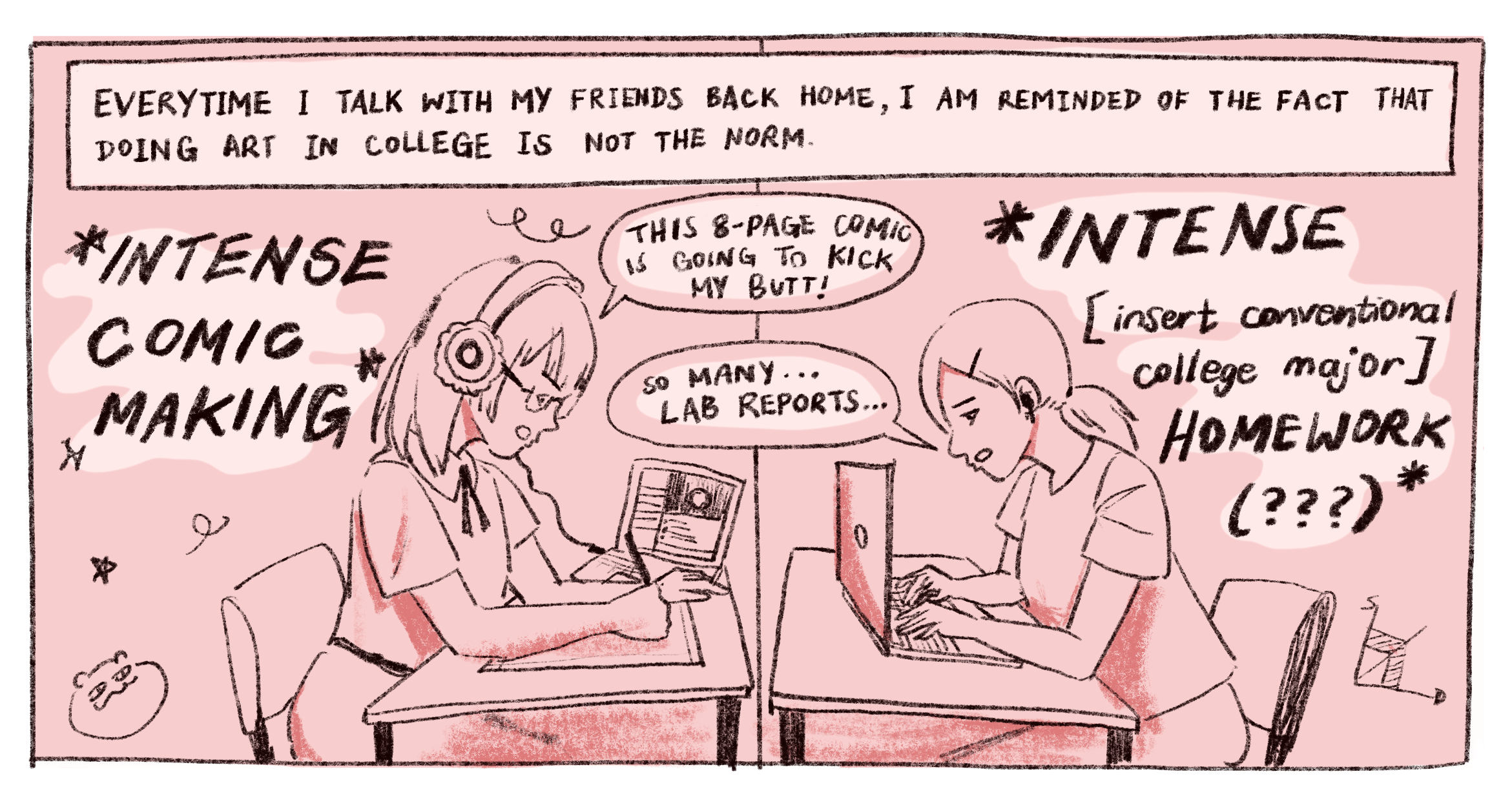On Mar. 21, President Elissa Tenny sent an email to the school community announcing her retirement.
“Today, after a career in higher education of more than 45 years, I write to share that I will retire at the end of the 2023–24 academic year. I do so with enthusiasm for all you have done to shape the remarkable legacy that you, and I, and so many before us, share,” wrote Tenny.
In 2016, Tenny became the president of SAIC, and is the first woman in the school’s history to hold this leadership position. Before that, she served as Provost of SAIC from 2010 to 2016, and was the Provost and Dean of Bennington College from 2002 to 2010.
Tenny became president in a time when significant events of the decade were taking place. The COVID-19 pandemic, which killed more than six million people, broke out during her tenure. In 2020, the country saw one of its biggest uprisings for racial equality in response to the murder of George Floyd by the police officer Derek Chauvin. The following year, SAIC’s non-tenure-faculty took to the streets to protest for better wages, later forming a union in 2022. During all of these tumultuous events, she led SAIC.
While she faced significant challenges since becoming president in 2016, her leadership has also been met with criticism. Several members of the SAIC community have described her as a person who is out of touch or ineffective, according to a report in The Chicago Reader. Her commitment on racial equality has been questionable; she didn’t publicly reprimand Provost Martin Beger even when many students at SAIC demanded his resignation after the harm his actions caused — reportedly he quoted a racial slur used by Elizabeth Eckford, a Black Civil Rights activist, in 2018 during his introductory lecture.
Recently she was also criticized by some SAIC community members for her emails that addressed the current genocide of Palestinian people. Students said that her messagings depoliticized the events and failed to present a full picture of what is happening in Gaza.
Situations like these highlighted the need for President Tenny to increase transparency, accountability, and communication regarding policy and decisions which she failed in some circumstances.
Nonetheless, Tenny still had some success. She piloted and launched the First-Generation Fellows program, and the school affirms that Tenny’s work has contributed to the expansion of health and disability services on campus, while also diversifying the student population by 18%. In the 2017/18 academic year, 52 percent of students were white, compared with 34.1 percent in 2022/2023.
These changes don’t happen in a vacuum. The ecosystem of SAIC needs the student body and faculty to advocate for these improvements. And still, there’s a lot that needs to be done. Even with the school stating that Tenny helped to expand health and disability service on campus, SAIC is still an inaccessible school for students with disabilities. And even with Tenny having worked to diversify the student and faculty population, 71 percent of SAIC faculty identify as white.
In her seven-year tenure as President, Tenny could have made more improvements in accessibility, diversity, and equality. Nevertheless, it bears noting that not all the major decisions can be solely made by the president.
Here is a quick run down of the distribution of power in SAIC’s academic ecosystem: The power starts with the decision-making board. The president has power to preside over the university’s academic and administrative departments. Presidential duties include fostering a positive public image of the institution, maintaining a close relationship with the board to further the president’s agenda, and working with the entire university community to find common ground.
When the school community demands change, the president needs to listen to those demands and fundraise to pay for that change. When determining the message the school would send in times of tumultuous changes, the president of SAIC sets the tone and fundraises based on that message. In a private university such as SAIC, fundraising is a major focus for a president, as state funding does not cover any funding for a private institution.
As the first woman to be president in the midst of a pandemic, and civil unrest, it must have been challenging to lead a school. But she was also paid a hefty check for her job. Annually she received more than $700,000, plus $48,000 for housing, which is more than the salary of other presidents who lead countries’ leading art colleges including Rhode Island School of Design and California Institute of Arts.
For now we still don’t know who will be Tenny’s successor. The SAIC Presidential Search Committee — which includes representatives from the Board of Governors, Board of Trustees, faculty, staff, and student body — will soon make a recommendation to the Board about a candidate who is suitable for the role.
The new President will have a lot of work to do because the School has entered a new era. There’s a new energy among students and faculty, and they are more political than before. They have formed unions to demand better wages and improve their working conditions; they have frequently demanded equity conditions and diversification of the school in every way that can be and to make the institute a space where collaboration thrives.
The new president needs to realize that arts and politics are not separate. The students and faculty, who are the heart of the institution, are affected by the policy, messaging, and fundraising which are political decisions. The president needs to act as a bridge between the decision making board and the students and faculty because the community is most impacted by decisions like the schedule change, changes in masking policies, which took place during Tenny’s tenure without any consultations from the community.
The new President needs to perform their duties more efficiently and be accountable to all the students and faculty, whose lives are directly impacted by the choices the school makes.
Every decision the upcoming President makes should be informed and considered that benefits the SAIC community as a whole.
Because without us, the role of the President can’t exist. The SAIC community is responsible for the president’s existence, not vice versa.





















